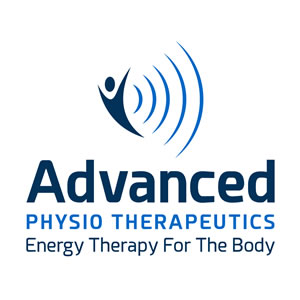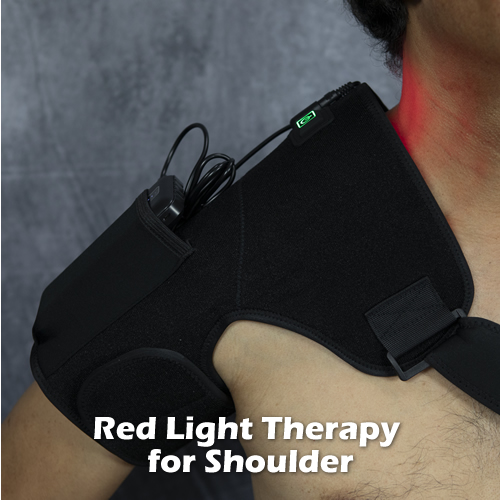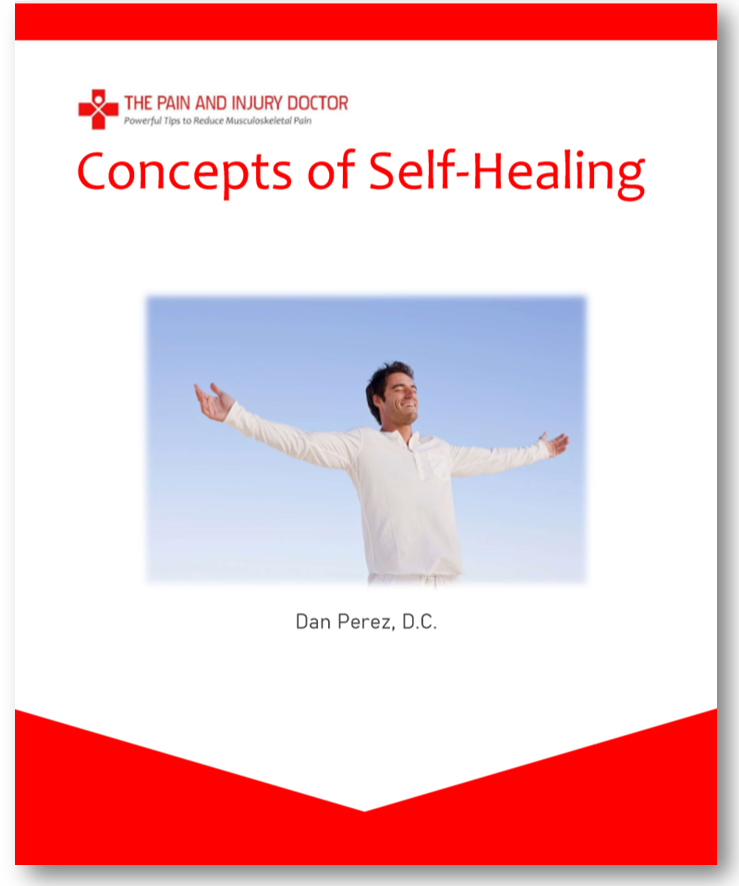Dear Readers,
As you know, it has been a really tough 2020 so far, worldwide.
Here in the U.S. we’re still battling COVID-19; dealing with hurricanes, social unrest from racial conflict; a very divisive political situation, and here in California where I live, forest fires (about 400 burning at the same time at one point) enough to cause air quality warnings far away from the fires.
I know some of you are in Europe, Asia, Australia and the Middle East. I hope things aren’t so bad over there.
But enough of that. We must focus on living and make necessary adjustments to carry on with our lives.
There is an old Chinese saying that goes something like this: From crisis, there is opportunity (forgive me if I butchered it; no insult intended).
For the COVID pandemic, this turned out to be true: millions, if not billions of people all over the world learned that they could do a lot of things that they normally did in person, online. And for those who already did this well before COVID, they learned how to do it even better.
Shopping, buying groceries and sundries, attending school, working, holding meetings, attending church services, getting music lessons, and socializing are just some of the activities people learned how to effectively do online, thanks to being quarantined.
And, in my opinion, the most significant thing people are doing more of online, thanks to COVID: healthcare. Telemedicine, also called telehealth involves using a telephone and/or webcam to communicate with a health professional instead of in person, face-to-face for the purpose of improving one’s health. It also encompasses “consuming” health care content in digital format via the internet such as pre-recorded videos, slides, images, flow charts, white papers, and audio files and podcasts. I wrote about this over five years ago when I decided to transition my practice to a telehealth model.
Telehealth was just starting to gain traction right before COVID, but the pandemic accelerated its acceptance. The need to quarantine and social distance forced doctors and their patients to interact online, and things will never be the same (in a good way). We were hesitating at the edge of the swimming pool and COVID pushed us into that cold water, figuratively speaking.
Webcams, Internet, Wireless Connectivity and Mobile Devices Finally Transform Healthcare
The “planets aligned” for telemedicine, and very soon it’s going to be as common as buying groceries. To me, it’s overdue. I hope that telehealth not only enables healthcare for millions more lives on the planet, it will drive healthcare costs down. The cost savings to hospitals are obvious; and those savings should be passed on to the insured and paying patients. We’ll see if that happens. While I know people are used to tradition, starting from the days of the old country doctor with good bedside manners I think in 2020 and beyond, people are going to be just fine seeing their doctor online for simple and routine visits.
And the implications go beyond the actual care: telemedicine will save time and money on a macroeconomic scale, and will be actually good for the environment in more ways than one: less cars on the road (no need to drive to see your doctor); less electricity and other overhead expenses needed to keep a large building operable, less printed paper, etc.
Telehealth Is Ideal for your Average Doctor Visit
The vast majority of things that cause people to seek a doctor are non-emergency, and lifestyle related. Non-emergency means not life-threatening, or risk of serious injury. Lifestyle related means conditions that are largely borne out of lifestyle choices—high-calorie/ junk food diets; alcohol use, smoking, inadequate exercise, occupational/work-related, etc. and are usually chronic; i.e. having a long history–diabetes, high blood pressure, indigestion, arthritis, joint pain, etc. These conditions can be self-managed with proper medical guidance provided remotely via webcam. I believe that if lifestyle choices can cause illness, different lifestyle choices can reverse or minimize those same illnesses, which can be taught via telehealth.
Then there are the cases that are non-emergency, single incident: fevers, rashes, stomach aches, allergies, minor cuts and scrapes, and things of that nature. Sure, some cases of stomach aches and headaches can actually be something dire like cancer. But doctors know that such “red flag” scenarios are comparatively rare, as in less than one percent of all cases; therefore, the vast majority of them can be handled via telehealth. Besides, the doctor can decide at the initial telehealth session if the patient should come in the office, if he/she suspects a red flag.
A Typical In-Office Doctor Visit
Typically when you go to a doctor/ primary care physician, you are given a list of disorders and told to check off any that apply to you recently—stomach pain, headaches, vomiting, fever, etc.
Then, you are asked a bunch of questions related to your complaint. This is called taking your history (of your condition). The nurse practitioner or doctor may do this.
The doctor may or may not examine you, such as checking your eyes, ears, nose, and mouth; temperature, blood pressure, heart rate, lungs and so on depending on your history and complaint.
The doctor then takes this information and comes up with a diagnosis or two. You may be referred for diagnostic testing, again depending on what you came in for, such as an X-ray, MRI, ultrasound or blood test.
You may get a prescription for medications or medical device, and a printout of home care instructions, and then you’re done with your office visit.
With the exception of a physical examination involving touching and diagnostic tests, everything I just explained can be done via a telehealth visit on your computer. But as technology advances, more and more medical procedures will be performed remotely via a secure internet connection.
I believe that in the very near future, there will be apps and computer peripherals capable of doing diagnostic tests which will allow your doctor to get real-time diagnostic data during your telehealth visit. It’s already possible for blood sugar, body temperature, heart and lung auscultation and blood pressure.
Imagine wearing gloves with special, embedded sensors in the fingertips that transfer sensory information via the internet to “receiver” gloves that your doctor wears, 20 miles away. During a telehealth visit, you can palpate (feel) your glands, abdomen, lymph nodes, etc. and this sensory information is immediately felt by your doctor, as though he was right there palpating and examining you.
Or, imagine an ultrasound device that plugs into your HD port that transfers images of your thyroid to your doctor via the internet.
The possibilities are endless, and it bodes well for global health. Imagine all the people who can be helped, all over the world, via telehealth. It’s truly an exciting time in healthcare.
Telemedicine for Muscle and Joint Pain and Injuries
Every day, millions of people worldwide sustain or develop some sort of musculoskeletal (affecting muscles, joints, tendons, ligaments, bone) pain, whether it’s their low back, neck, shoulder, hip, knee, hand or other body part. If not treated right, it can become permanent or chronic.
Chronic pain, and even acute (recent onset) musculoskeletal pain can effectively be addressed via telehealth (this is the domain of my platform, Pain and Injury Doctor, and it’s my goal to help a million people worldwide eliminate their pain).
Available medical procedures for musculoskeletal conditions requiring an in-office visit such as surgery and cortisone injection are usually not the first intervention choice for such pain. Conservative care is the standard of care for the vast majority of non-emergency musculoskeletal pain and injury–an ideal application for telehealth.
For example, if you were to go to your doctor for sudden onset low back pain, you would most likely be given a prescription for anti-inflammatory medications, if not advised to just take over-the-counter NSAIDs such as Motrin, and rest. You would also be given a printout of home care instructions, such as applying ice every two hours; avoiding heavy lifting and certain body positions; and doing certain stretches and exercises. As you can imagine, such an office visit could easily be accomplished via a telehealth session. No need to drive yourself to the doctor’s office for this.
But what about chiropractic or physical therapy? You can’t get these physical treatments through your webcam. Yes, chiropractic has been shown to be effective for acute and chronic low back pain, but available studies typically don’t conclude that chiropractic for low back pain is superior or more economical than exercise instruction or traditional medical care. Same with physical therapy. However, as a “biased” chiropractor myself, I believe the benefit of spinal adjustments is not just pain relief, but improved soft tissue healing and structural alignment; two things that I believe can help reduce the chance of flare ups/ chronicity.
So get a couple of chiropractic adjustments if you can, but know that you can overcome typical back pain through self-rehabilitation as well (see my video on how to treat low back pain).
Yes, Many Types of Pain Can Be Self-Cured
 Take a second to look at my logo. It looks like a red cross, but it’s actually four converging red arrows that form a figure of a person showing vitality, with arms and legs apart. The four arrows represent four pillars of self-care that my platform, The Pain and Injury Doctor, centers on:
Take a second to look at my logo. It looks like a red cross, but it’s actually four converging red arrows that form a figure of a person showing vitality, with arms and legs apart. The four arrows represent four pillars of self-care that my platform, The Pain and Injury Doctor, centers on:
- Lifestyle modification (nutrition, mindset, healthy habits)
- Using select home therapy equipment
- Rehabilitative exercises
- Manual therapy
These are four things that people suffering from pain are capable of doing by themselves, and sometimes with the help of a partner (manual therapy). All of the Self Treatment Videos on Pain and Injury Doctor incorporate these four elements of self-care (some are still being produced as of this writing). Isn’t this more interesting than a bottle of Motrin?
Conclusion
I will close with this: research shows that when patients are actively engaged in their healthcare, they tend to experience better health outcomes and it’s not hard to figure out why. By participating in your own health, you have “skin in the game;” i.e. you are invested in your health rather than being passive and wanting health to be “given” to you by a doctor through medicine or treatments. Mindset is what drives behavior, and those who are passive about their health are the ones who pay no attention until it’s too late—they don’t eat healthy; they don’t exercise enough; they voluntarily ingest toxins (junk food, alcohol, and smoking) and engage in health-risky behaviors. For many health conditions, by the time the primary symptom is noticeable, the disease has already set in; for example, onset of bone pain from metastasized cancer; or the first sign of pain and stiffness from knee osteoarthritis.
Being actively engaged and invested in one’s health will pay huge dividends in one’s quality of life, and longevity. So, in order for telemedicine/ telehealth to work for you, you need to have this mindset. You have to “do the work.” I can show you clinically proven self-treatment techniques to treat common neck pain, but they obviously won’t work if you don’t do them, and do them diligently.
Self-care for managing musculoskeletal pain is a natural fit for the telemedicine model of health care, which made its world debut this year. I’m excited to produce content that can help you defeat pain, without visiting a doctor’s office. I’m especially excited if your are one of the millions of people who don’t have health insurance or access to a health professional, and I am able to help improve your quality of life by showing you how to self-manage your pain.
If there is anyone you know who can benefit from this site, please share. Take care.
Dr. P

















 Take a second to look at my logo. It looks like a red cross, but it’s actually four converging red arrows that form a figure of a person showing vitality, with arms and legs apart. The four arrows represent four pillars of self-care that my platform, The Pain and Injury Doctor, centers on:
Take a second to look at my logo. It looks like a red cross, but it’s actually four converging red arrows that form a figure of a person showing vitality, with arms and legs apart. The four arrows represent four pillars of self-care that my platform, The Pain and Injury Doctor, centers on:





